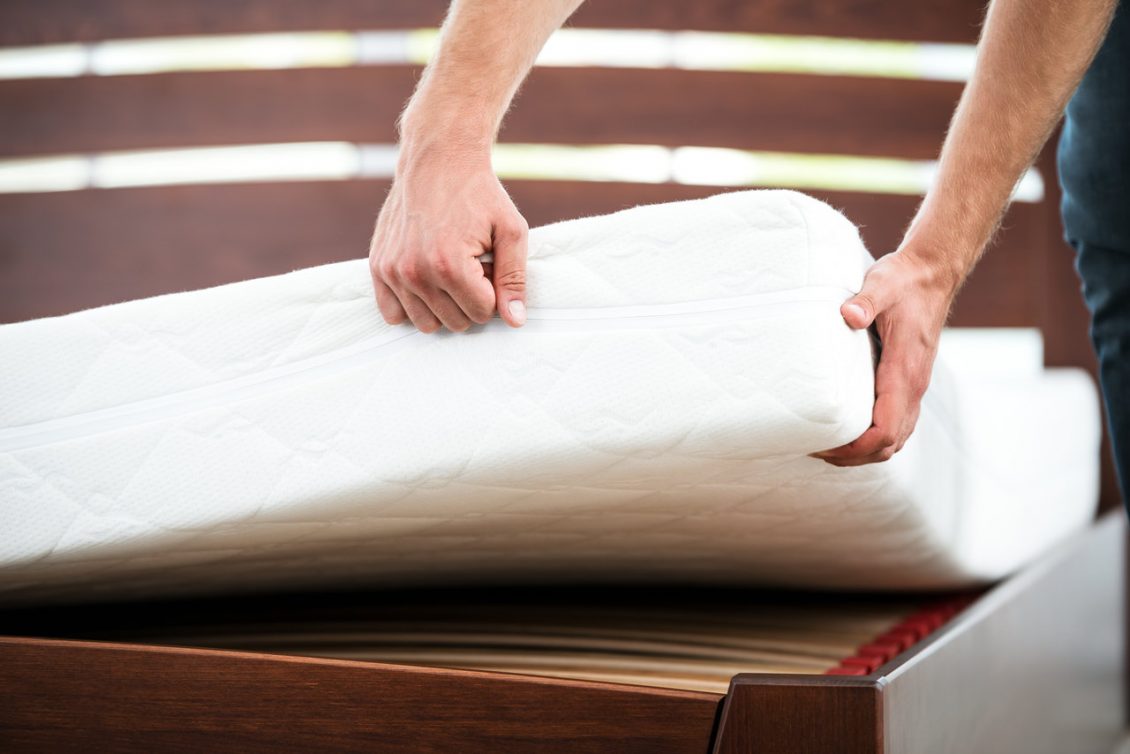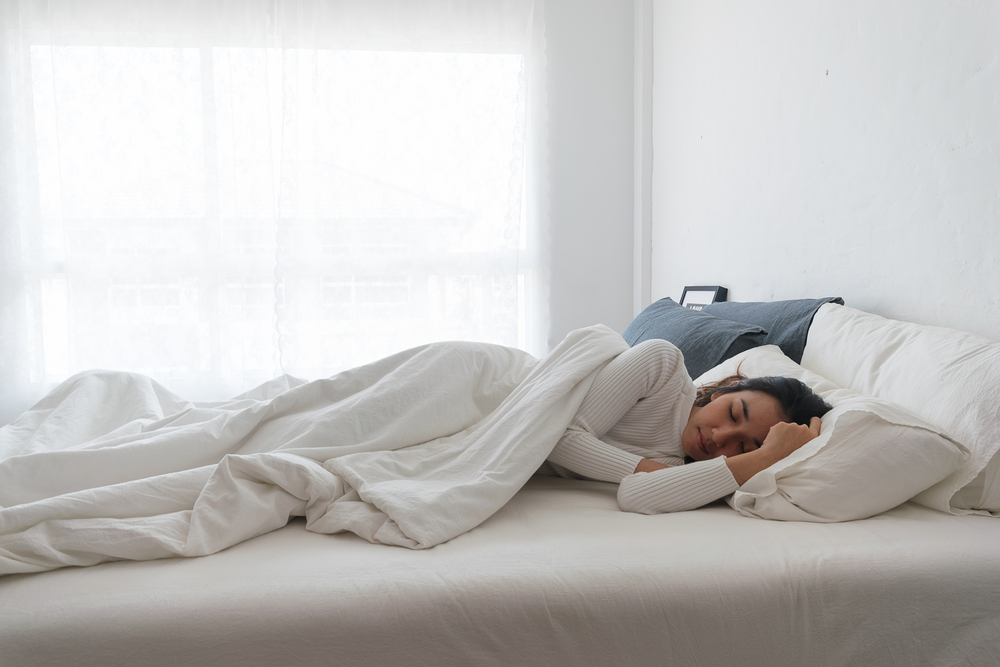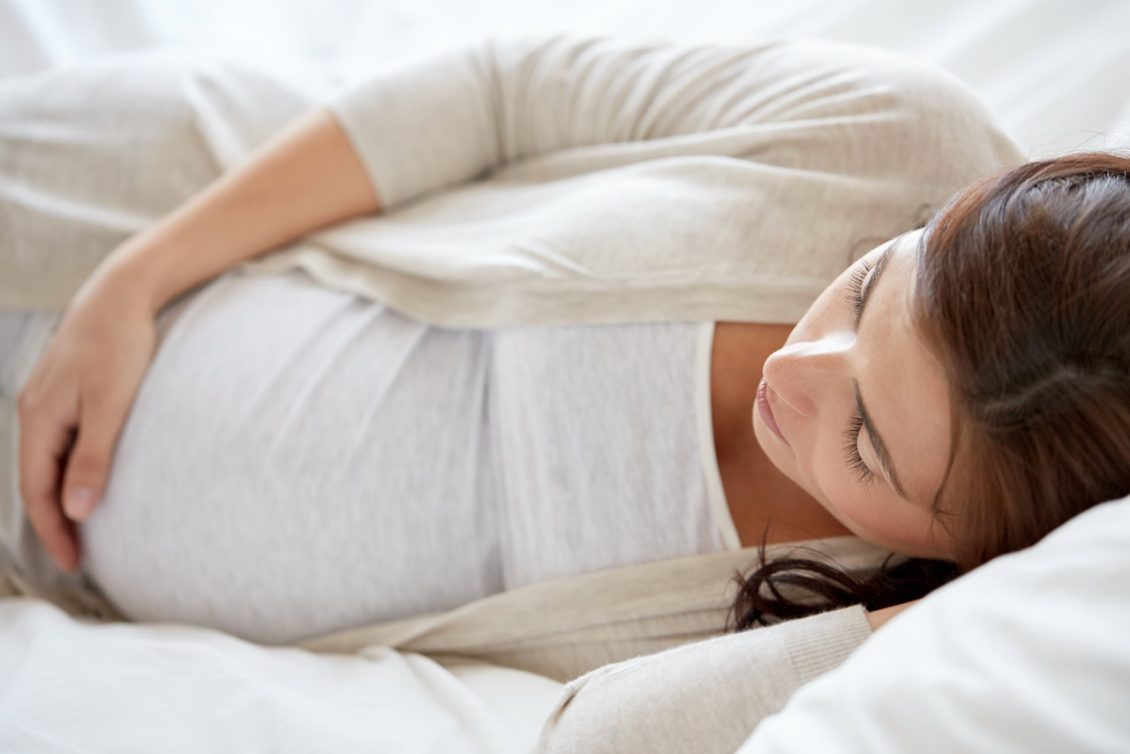People have their own sleeping positions they’re comfortable with.
Some prefer to curl themselves into balls, while some would rather sleep on their stomachs or sprawl across their beds. Others opt to sleep on their backs as this is typically recommended for a good night’s sleep and waking up without pain.
Whichever sleeping position you choose, it is necessary to know that your sleeping position affects the quality of your sleep and your mood in the morning, as well as throughout your day.
All sleeping positions have their own pros and cons. For example, back sleepers are more likely to snore too much or worsen sleep apnea, but they will have good spinal alignment and will avoid neck pain. However, sleeping on your stomach can cause your back and neck to be painful, and increases the pressure on your joints, muscles and organs, but it prevents snoring and sleep apnea.
Meanwhile, 74% of the population tends to sleep on their side, which is the ideal sleeping position. Although it causes back and neck pain, and arm numbness, research shows that it has several benefits such as:
- Lessening the pressure on your stomach and digestive tract
- Minimised snoring and sleep apnea
- Reduced gastrointestinal problems like constipation, heartburn, bloating, and acid reflux
Although sleeping on your side is more beneficial than any other sleeping position, it is difficult to immediately change your habit if you’re not a side sleeper. You have to make minor adjustments to get that ideal sleep. With that being said, here are five tips for side sleepers that can assure quality sleep:
Buy a Mattress with the Right Firmness Level
Find the best mattress with a firmness level that can adapt to your sleeping position, letting you avoid shoulder or arm pain. But how can you determine the correct firmness level for you? Your height and weight can help you decide. If you have an average height and weight, choose a mattress with a soft to medium firmness level. This is because it allows the hips and shoulders to sink into the mattress, and can help your spine align.
Mattress companies usually have the same firmness scales, with 1 for the softest and 10 for the firmest. Side sleepers should buy a mattress with a firmness level of 5 to 6. Seven and above is too firm, which puts a lot of pressure on your hips and shoulders, forcing your arm to bend and will cause pain in the morning. On the other hand, anything below 4 is too soft, making your spine bend to different directions.
Finding a mattress that has the right firmness level can improve sleep quality and diminish pressure points for guaranteed all-night comfort.
Pick a Supportive Pillow for Your Head and Neck
For side sleepers, it is necessary to choose a pillow with the accurate height, firmness, and position to avoid neck, jaw, and shoulder pain. When you sleep on your side, your head falls toward your shoulder and that will bend your neck, and your spine will not be in its neutral position. If you’re using a soft pillow, your head will be lower than your body. Make sure that your pillow lifts your head so your back and neck are aligned.
The pillow you need will rely on the depth of your shoulders, neck length, and your own preference. Just choose a pillow that will align your head, shoulders, and hips to avoid straining your neck.
Often Sleep on Your Left Side
The side you are facing whenever you are sleeping also affects the amount of pressure on your internal organs. Often sleep on your left side to have healthier blood flow throughout your body. It also minimises acid reflux and heartburn, as well as boosting digestion at night. Aside from that, it can also alleviate pressure on your stomach and digestive tract.
For pregnant women, it is advisable to sleep on your left side to improve blood circulation to the fetus, especially during the last trimester of pregnancy.
Sleep with a Pillow between Your Knees
There’s a probability that your upper leg can pull your spine and it will not be aligned if you sleep on your side. In addition, your hips and lower back can also feel increased pressure. That’s why it is important to always put a pillow between your knees to reduce the strain on your lower back and hip joints, not to mention that it can keep your spine aligned.
Always Stretch After Waking Up
According to Harvard psychologist Amy Cuddy, your self-esteem has the tendency to lower after sleeping all balled up. This is why she suggested stretching your arms as wide as possible so that you can start your day feeling boosted. Do some stretching to help your blood flow, distribute your weight, and loosen your joints by stretching your arms, touching your toes, and doing some stretches for your back, neck, and hips.
Conclusion
Side sleeping is beneficial for your health, as it gives you a better blood circulation, as well as boosts your heart and brain. It can also save your back from overarching and from worsening your sleep apnea. Through these tips, side sleepers can have a good night’s sleep with guaranteed benefits for their health.














I usually have this pain from my shoulder after sleeping. This article has taught me a lot. Thanks.